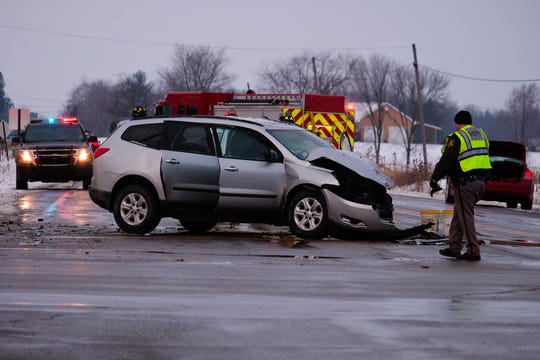
Internationally, it is estimated that for every road death there are four permanently disabling, ten serious and forty minor injuries. The objective of this paper is the presentation of the latest knowledge and developments on the issue of serious road injuries in Europe.
A critical literature review was undertaken, covering the analysis of the definition and meaning of serious injuries, an overview of reported serious road injuries in EU, an estimation of their cost, the description of targets related to the prevention and mitigation of serious road injuries and how to address them through the Safe System approach.
A range of definitions of injury severity are used throughout EU. A new common definition of serious injuries agreed in the EU is an injury level of three or higher on the Maximum Abbreviated Injury Scale (MAIS3+).
In 2014, the number of officially reported serious injuries in EU countries was estimated just under 220,000, representing a 13% reduction since 2010.
Although the long-term impacts of road injuries are largely unknown and many national estimates do not consider the cost of long-term disability, it is clear that reported serious road injuries amount to substantial socio-economic costs.
A number of intervention strategies are proposed by the Safe System Approach towards minimizing and preventing serious road injuries such as safety conscious planning and design, encouraging the use of safer modes and routes, safe separation/integration of mixed road use, managing speeds, providing protective roadsides and vehicles, deterring dangerous behaviour, managing risk via vehicle and driver standards and fast and efficient emergency medical care.
| ID | pc277 |
| Presentation | |
| Full Text | |
| Tags | accident analysis, information systems, international comparisons |













